Are Cultured Pearls Considered Real Pearls?What are the Differences Between Natural and Cultured Pearls

There are two major categories in the world of real pearls, time and again compared to one another: natural pearls vs. cultured pearls.
The truth is both categories are real gemstones, but the method they are formed makes them dissimilar. So, the key difference between natural and cultured pearls is how the secretion procedure begins. With natural pearls, the development takes place in the ocean without human involvement. On the other side, cultured pearls need the support of pearl farmers to embark on the nacre-forming process. Furthermore, given that natural pearls are so rare, they are incredibly costly. There are hardly any, if any, left in the seas to yield anymore. So, buying natural pearls means finding a piece of traditional or ancient pearl jewelry, which time and again comes with huge costs.
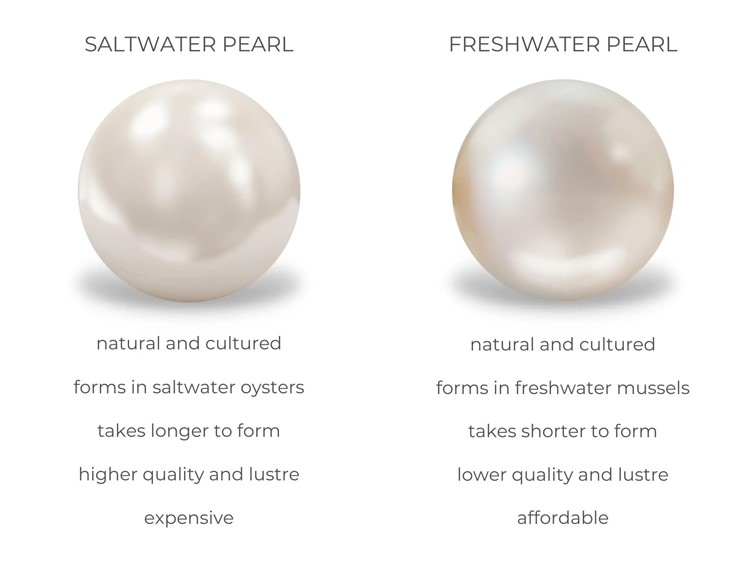
Cultured pearls have the same ingredients as natural pearls, are inexpensive, and are the most suitable choice.
When were natural pearls found?
The world's oldest gem, 'pearls,' have been valued long before written history. For this reason, their discovery cannot be credited to one individual in particular. Still, it is assumed that they were initially discovered by individuals searching for food alongside the seaside.
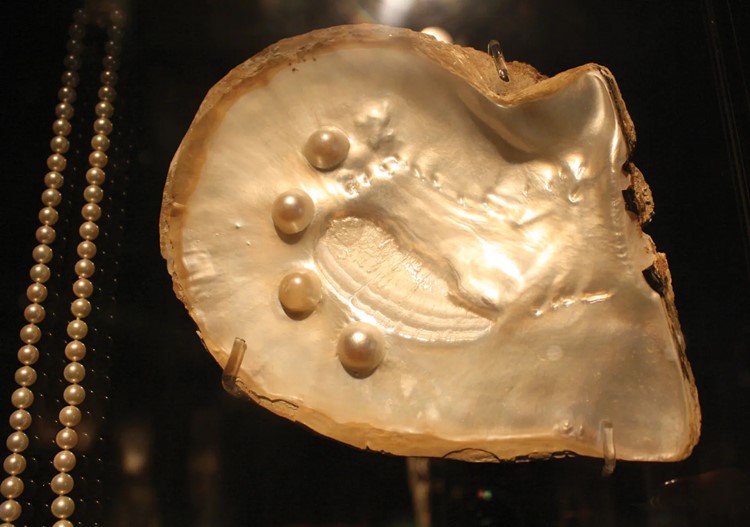
Pearls were presented in the shape of gifts to Chinese royals near the beginning of 2300 BC; at the same time as in ancient Rome, pearl jewelry was considered the eventual status mark. So valuable were the sphere-shaped gems that in the 1st century BC, Julius Caesar passed a regulation restricting the pearl's wearing only to the ruling classes.

Many natural oyster beds in the Persian Gulf indicated that pearls also carried great significance in Arab civilization, where legend declared that pearls were formed as dewdrops that were gulped down by oysters at what time they fell into the sea.
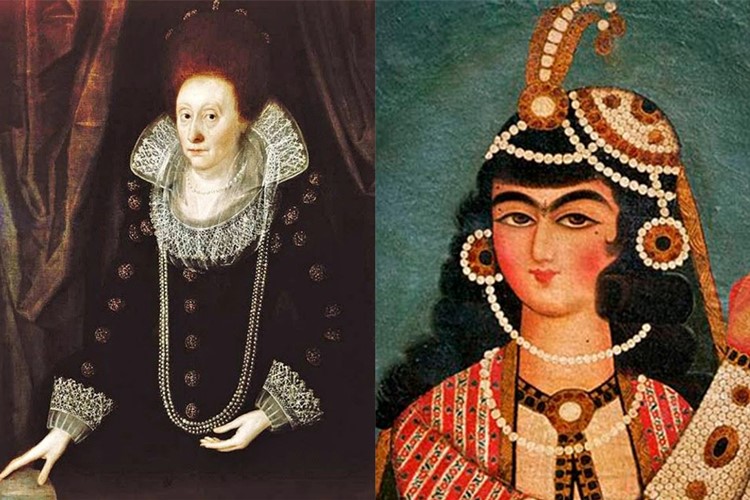
Pearls have been an imperative trade product since Roman times, and the detection of pearls in Central and South America in the 15th and 16th century initiated the Pearl Age. With the rising demand for pearls in Western Europe, where women of dignity and royal family wore highly structured pearl necklaces, pearl earrings, pearl bracelets, and golden pearls, by the 19th century, demand for pearl jewelry turned so high that oyster supplies embarked on to drop off.
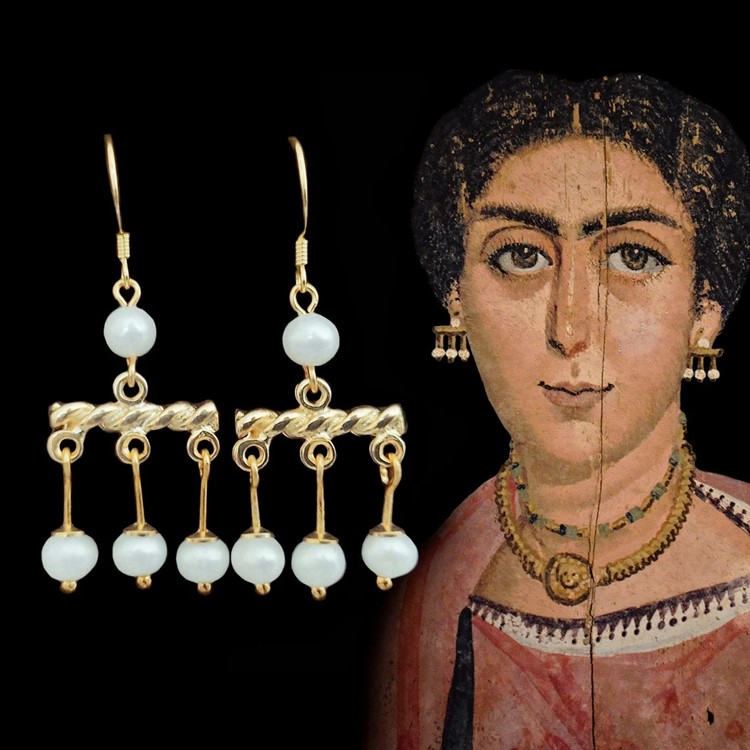
Until the beginning of the 20th century, the only method of collecting pearls was through divers dangering their lives at depths of up to 100ft to repossess the pearl oysters. Natural pearls are among the rarest gems today, and their almost washed-out supply denotes that they are rarely found only in the Australian and Bahrain seas.
How are natural pearls formed?
Marine oysters form natural pearls as a natural protection against an irritant. A foreign matter enters the marine oyster between the mantle and the shell. Consequently, it irritates the mantle. The oyster's natural response is to cover up that irritant to defend itself. The mantle envelops the irritant with layers of a similar nacre substance (a secretion of aragonite and conchiolin, calcium carbonate) employed to create the shell. This ultimately forms a pearl.
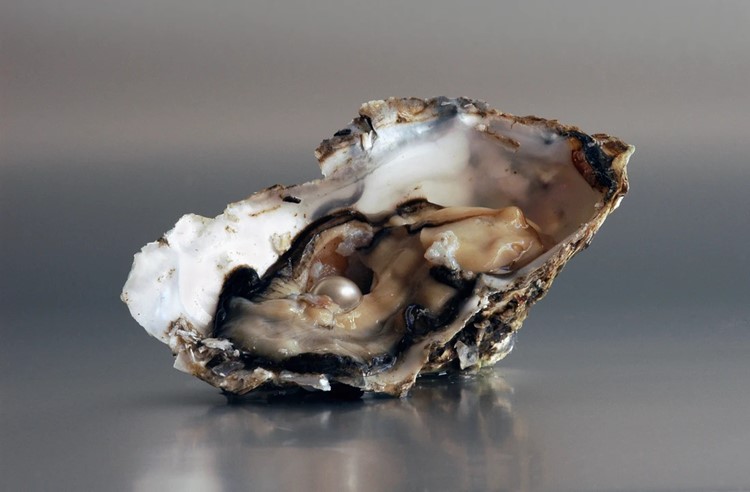
Nacre can get formed naturally around more or less any irritant, such as a parasite or a wayward food particle that digs up within the shell, creating some very exclusive and valuable pearls.
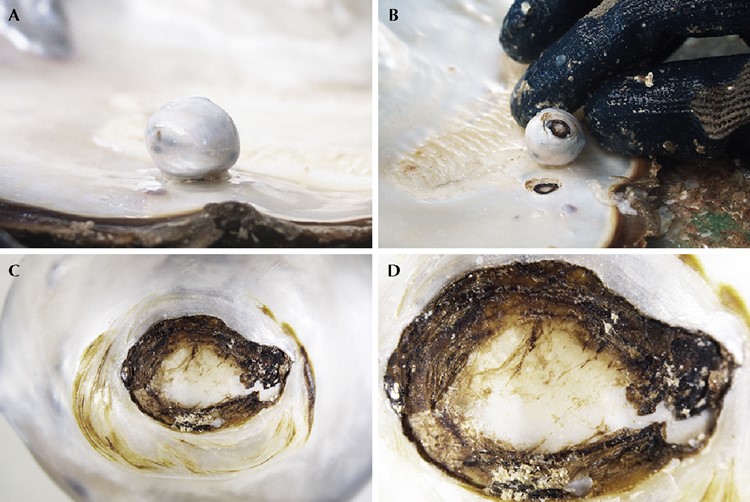
How are cultured pearls formed?
Cultured pearls develop in pearl farms, a few of which are freshwater, and others are saltwater pearls; unlike natural pearls, where the development of an oyster creating a pearl crops up by chance, cultured pearl development is controlled to a certain extent. Cultured pearls are not fundamentally different from natural pearls. Pearl experts recognize cultured pearls as real pearls. Cultured pearls are made by living creatures with nacre through a natural process that occurs in the water by seeding a nucleus into a live oyster. As a result, a pearl sac is formed, and the inner part precipitates calcium carbonate in the shape of a nacre. As the nacre builds up, it fills the developing pearl sac and ultimately forms a pearl.
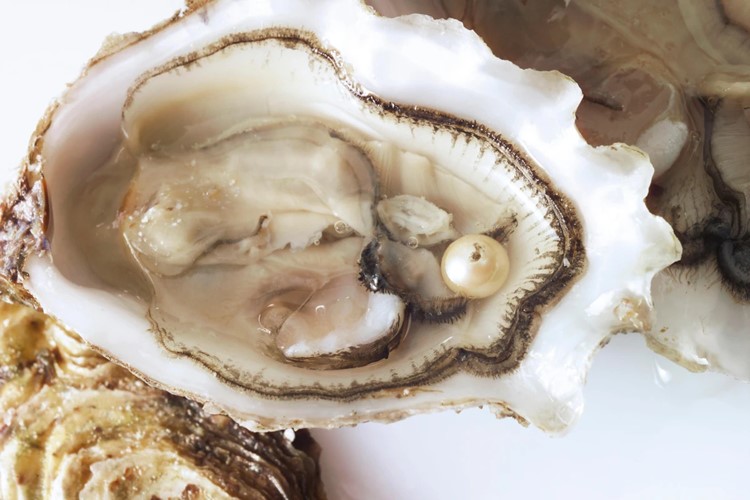
Since being aided in setting up their existence, it can ensure that they are perfectly shaped and luminous. They will have the same texture, heft, color, and luminosity as any natural pearl, just at a lower price. The growth of cultured pearls took much of the probability, risk, and speculation out of the pearl industry, allowing it to become secure and conventional and encouraging its fast growth over the past 100 years. At present, over 99% of all pearls sold globally are cultured pearls.
Differences between natural & cultured pearls
There are various types of pearls found in the marketplace nowadays. These unique gems are primarily classified into two categories: cultured and natural. The creation of cultured pearls involves human involvement, at the same time as the natural one is produced by nature.
Cultured pearls take years to get formed, and all through that time, the farmer ensures that the oyster is suitably nourished and maintained healthy. When it is instant to take out the pearl, a harvester will very cautiously open the oyster and remove it, frequently employing a surgical tool. Pearl removal does not harm the oyster; it can insert a new nucleus and grow another pearl within the same oyster.
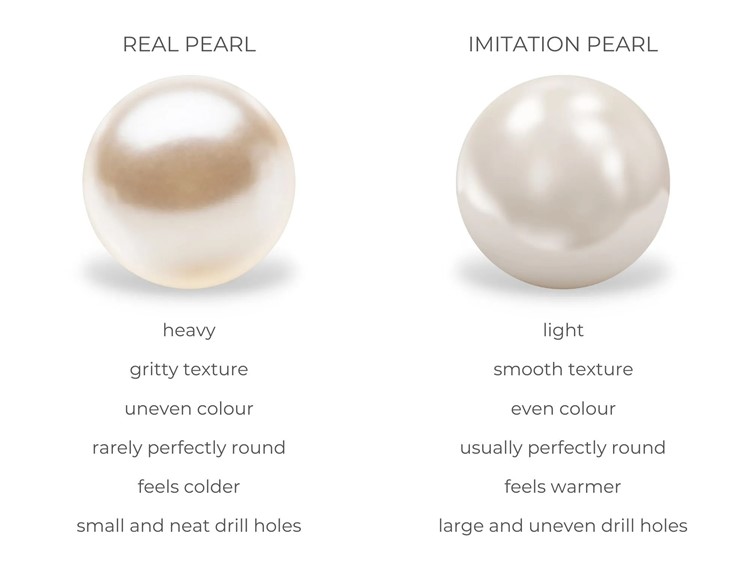
But amid all these gems in the marketplace being sold worldwide, how would we determine whether they are cultured or natural?
Supply & availability
The procedure of culturing pearls transformed the pearl industry and indicated that pearl farmers could control the farming of large numbers of high-quality pearls. Natural pearls have become tremendously rare because of the massive volumes looked for in the 1800s, which left the natural supply significantly low worldwide.
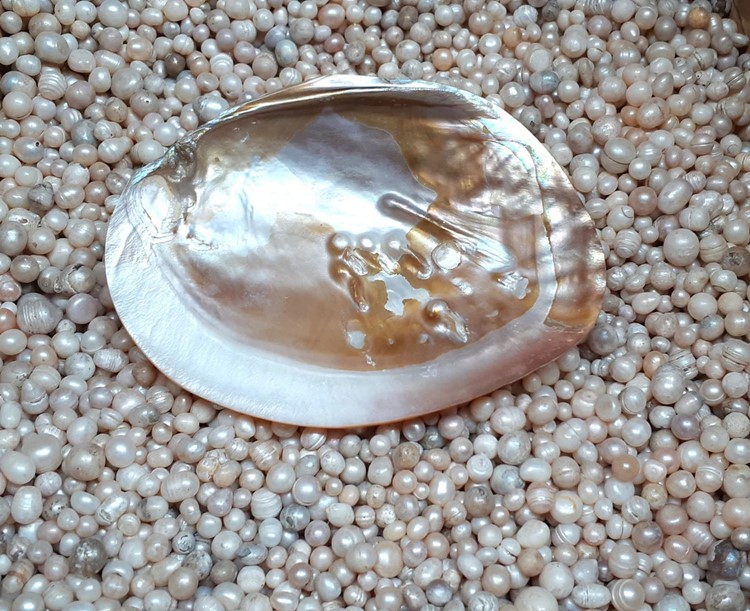
Uniformity is another big advantage of cultured pearls, where it's tremendously rare and hard to find a filament of natural pearls that are similar in shape, size, and color. If one did exist, it would be valuable and worth thousands of dollars or pounds, whereas the equivalent string of cultured pearls would cost simply a few hundred dollars or pounds. The most enviable shape for pearls is wholly round, easily attainable in cultured pearls.
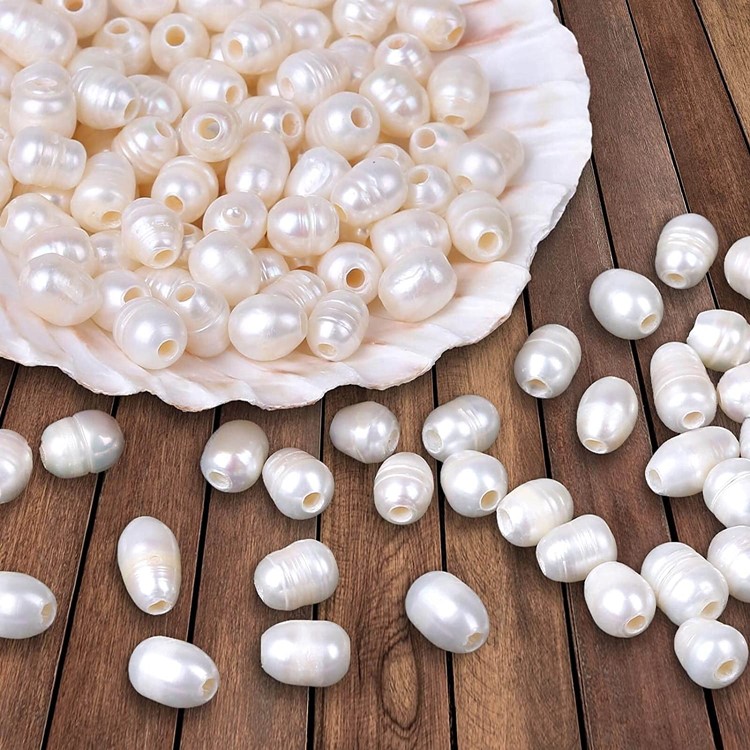
External appearance
It's rather impracticable to tell the difference between a natural and cultured pearl by gazing at its external appearance. The only method to determine whether a pearl is natural is to carry out an x-ray examination of the interior structure. A natural pearl may demonstrate growth lines where layers of nacre (concentric) have been affixed. Conversely, Cultured pearls will appear to have a completely rounded nucleus enclosed by a halo of conchiolin and a thin outer layer.
More or less, all pearls sold nowadays for jewelry are cultured pearls, and just similar to natural pearls, they draw closer in differing colors, shapes, and grades of superiority.
Are cultured pearls considered real pearls?
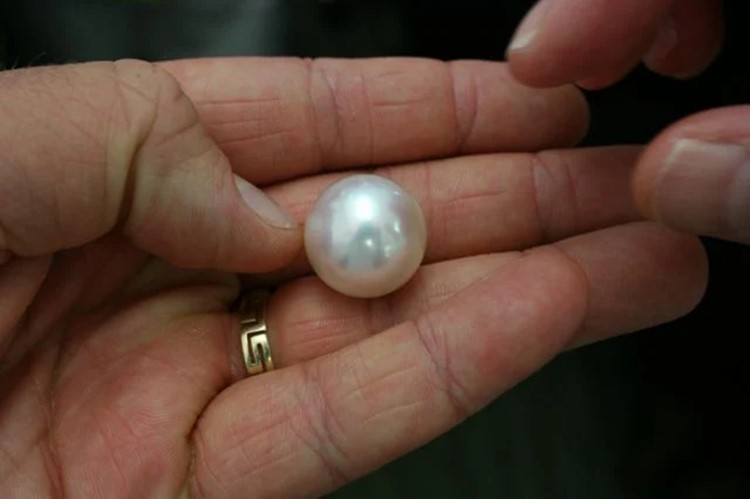
Cultured pearls are well thought-out real pearls – but they aren't formed without human intervention. Most pearls offered on the marketplace nowadays are cultured. Cultured pearls are considered real regardless of the material, luster, and other aspects. A cultured pearl is formed when a pearl farmer inserts an irritant into the mollusk and subsequently grows the pearl. Cultured pearls are real, and most pearls sold nowadays are cultured ones.
Are cultured pearls worth anything?
On the whole, seven factors affect the pearl's worth: size, shape, color, surface quality, luster, matching, and nacre quality. In contrast to rare natural pearls, cultured pearls are much less valuable, ranging from merely US$50 to over US$150,000. Although relatively speaking, the price of cultured pearls is low; high-quality cultured pearls are still costly. Regardless of their massive price difference, natural and cultured pearls are real. They are developed from pearl-bearing oysters in freshwater or saltwater. Examples are south sea pearls, Tahitian pearls, freshwater cultured pearls, imitation pearls, Akoya pearls, etc.
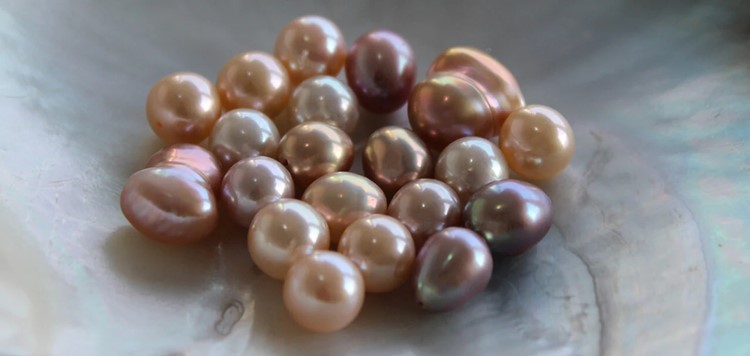
Why are natural pearls so rare (with higher pearl value)?
Natural pearls are scarce. After many years of diving for natural pearls, divers have made them so rare; some say they are close to vanishing. As a result, they are difficult to find on the sea's surface at present. Because of this rarity, natural pearls are usually much more costly than cultured pearls. Natural pearls are graded via their carat weight. Their cost can vary from $50-$100 per carat. This means that natural pearls are noticeably more costly than cultured ones.
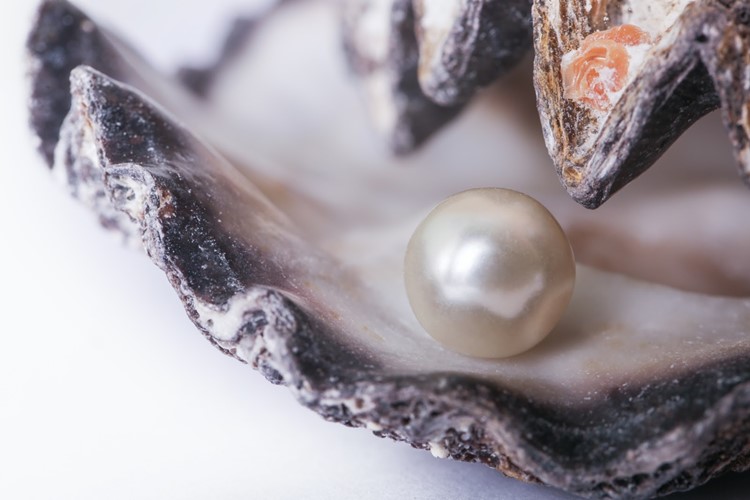
Conclusion
Pearls occur naturally at what time some mollusks are infected with parasites or other irritants and generally at what time they burrow through the shell into the tissue underside. The mollusk's immune system activates the discharge of a mucus-like matter called nacre, which coats the irritant to shield the mollusk from harm. Over time, the coat of nacre coating builds up, creating a pearl within the shell. Pearls tend to maintain the shape of the original irritant, so nearly all natural pearls are not perfectly round.


Leave a Comment